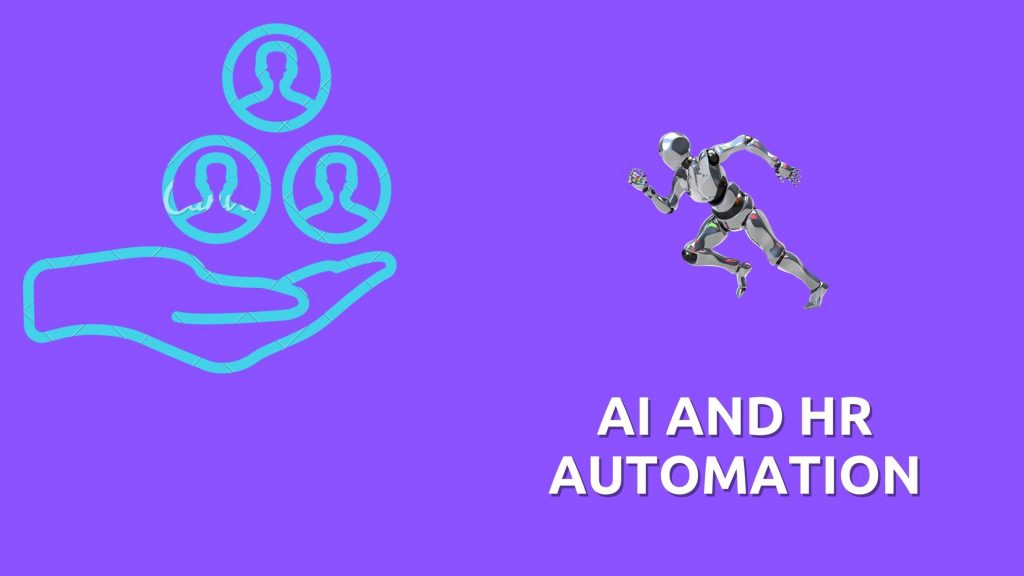The human resources industry is changing rapidly. Companies are always looking for new ways to reduce costs and increase efficiency, which has led them to look into using AI-driven software programs. Artificial intelligence helps companies reduce the time it takes to complete tasks by automating repetitive workflows that would otherwise be completed manually.
AI has been touted as being the future of many industries, but few have talked about how it can be used to reduce workflows in the human resources industry. In this blog post, we will explore how it can help organizations in HR with their hiring process. We will also talk about some of the most common concerns with implementing AI and offer advice on overcoming them.
AI and HR
In the modern world, where complexity is increasing at an alarming rate. To keep up with this pace of change requires adjusters to be more adaptive than ever before. So humans need to adjust accordingly with their skillset or else they will be left behind in this rapidly evolving world. This means that if in the good old days any man with two hands and a head could fit for almost any position. Now it is far from reality. As companies grow so do their needs for human resources management have become much more complex over time-especially when you take into account how each person’s skill set and mindset must now fit into a particular environment as one detail of the fifteen hundred puzzle picture.
It’s hard to find and recognize talent and their skills. So how about we hand over this HR duty? AI could do it at least partly and save some time. So let’s have a look at how AI could help with HR workflow.
CV analytics.
Before Head Hunter even starts the conversation they have to see a document, describing the candidate’s previous life. There are thousands of CVs in front of their eyes. A neural network is able to recognize the relevant experience and education. At least it could filter most inappropriate CVs. Plus, AI could help quickly suggest the other position. HeadHunter’s AI picks out candidates with relevant past experience and appropriate education.
In addition, it’s important for a candidate to know whether their CV is worth looking at. In a world where we are all competing for jobs, it’s imperative that your resume stands out. Not only should you make sure the content of your CV is up-to-date and relevant but also how you present yourself can be critical in getting interviews.
Having an engaging output tone will help recruiters see what kind of person one really wants to work with – making them more inclined towards giving both candidates’ resumes serious attention during their search process.
Speaking about the technology side, there are several libraries on the shelf.
- Natural Language Toolkit (NLTK)
- Gensim.
- CoreNLP.
- spaCy.
- TextBlob.
- Pattern.
- PyNLPl.
If we are talking about neural networks architecture, the most impactful paper is this https://arxiv.org/abs/1510.00726
Text Analysis Transformers
Speaking about text analysis Transformers are the main tool. Transformers have garnered a lot of attention (pun intended) in recent days due to 2 amazing models, BERT (by google) and GPT (by openAI). I recommend further reading on these topics if you find transformers interesting.
Voice analytics. Automatic Speech Recognition (ASR)
Indeed you can’t replace a human brain with a machine in terms of understanding emotions. However, some models have been able to find an emotional state within seconds and this potentially helps people pay attention if they are too excited or stressed out while interviewing – especially when it comes down to deciding on who’ll be your new hire! Voice recognition systems translate speech into text really well so that there is no need to re-listen voice conversations anymore. That saves time during our search process by just skimming through what has been said before deciding who will best suit your needs.
The most common neural network architecture is Recurrent Neural Network. The following article sheds light on a subject: https://theaisummer.com/speech-recognition/
The hunt for talent is only part of the problem. Keeping them around also entails making sure they’re not going to your competitor. There are many parameters that need to be monitored in real time and facial emotion recognition can help with this task.
Ideally, if a targeted person is monitoring his facial expressions and emotion in real time with the use of technology such as facial emotion recognition.
These papers give a whole new understanding of how it is possible at all.
e.iop.org/article/10.1088/1742-6596/1962/1/012040/meta
https://link.springer.com/article/10.1007/s42452-020-2234-1
There are different sets of tools for different tasks. It is an art to find a good tool that would unload work and maximize productivity.
So why not take advantage of these tools today? You’ll find yourself saving time as well as money when you invest in
If you’re looking into getting started with any of these technologies or try any of them but don’t know where to start, let our team at DataPipeSoft assist you! We’ve been working on solutions for some time now. Contact info@datapipesoft.com
